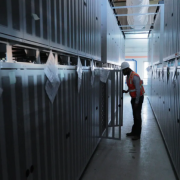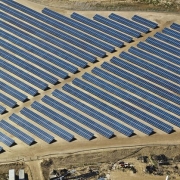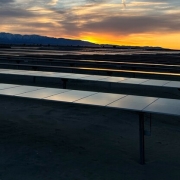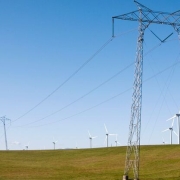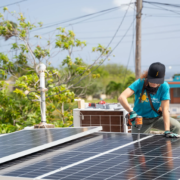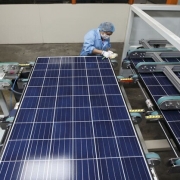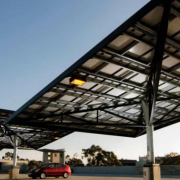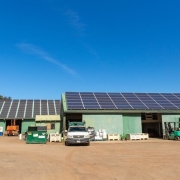The Moss Landing Energy Storage Facility, the world’s largest lithium-ion battery energy storage system, has been expanded to 750 MW/3,000 MWh.
Moss Landing is in Monterey County, California, on the site of a gas-powered plant. It’s owned by Vistra Energy (NYSE: VST), an Irving, Texas-based retail electricity and power generation company that owns the second-most energy storage capacity in the US.
Vistra today announced that it completed Moss Landing’s Phase III 350-megawatt/1,400-megawatt-hour expansion, bringing the battery storage system’s total capacity to 750 MW/3,000 MWh, the largest of its kind in the world.
Click here to read the full article
Source: electrek
—
If you have any questions or thoughts about the topic, feel free to contact us here or leave a comment below.

